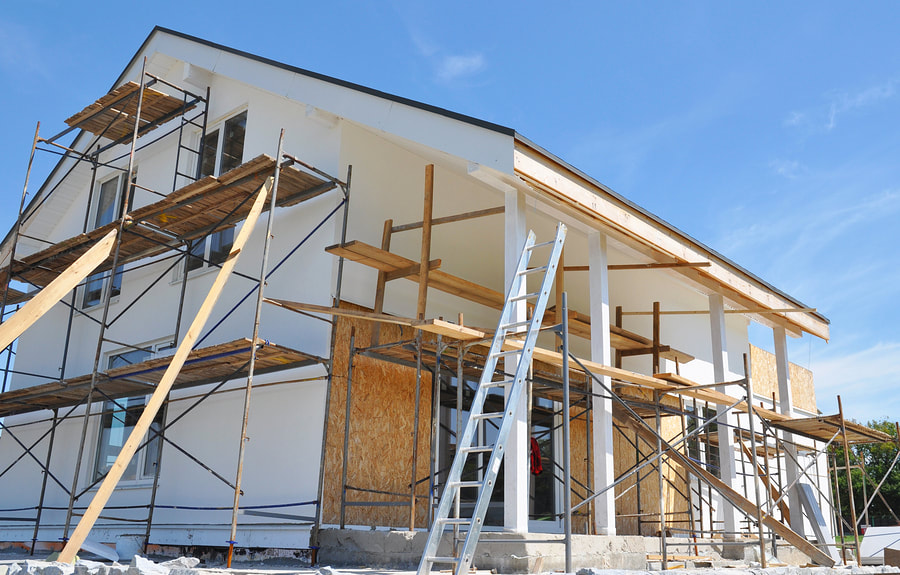House Leveling

Has it been a struggle opening or closing your windows? Or are your doors no longer aligning with their frames? Have you noticed some gaps along the intersections between the ceiling and your walls or floor? Even worse, are there cracks in your house tiles on the interior or exterior, some uneven or sagging floors? These are signs of an unleveled house foundation.
What is house leveling?
House leveling is the process of lifting a home back to its original state as possible, through foundation repair. Slagging and uneven floors could be as a result of structural damage, foundation erosion, under slab plumbing leaks, intrusive tree roots, poor exterior drainage and volatile soil conditions. Correcting these issues is key before any house leveling exercise is undertaken for a more permanent solution.
Why do foundations settle?
A combination of water and soil result in additional pressure around the foundation. This additional pressure can cause foundation movement, settling as well as cracked walls. Foundation movement is common in pier and beam foundations, slab foundations as well as homes with full basements. House foundations experiencing settling will eventually crack and shift. In such instances, house leveling is the only suitable solution.
Foundations do not settle overnight. They do so gradually upon exposure to various factors. Considering the factor that caused the foundation shift, is therefore important if the solution is to be permanent. Expansive clay soils, poor exterior drainage, water from plumbing leaks under a slab foundation or over-saturating soils are factors that contribute to foundation movement.
House leveling methods differ for different foundations. For slab foundation homes, excavating is done from the home exterior, pilings or piers such as bell bottom piers, helical piers, or concrete pilings are then installed. Chemical substances can also be filled in the gaps underneath the foundation as well as mud jacking. On the other hand, house leveling of a crawlspace foundation home is a bit different. Use of braces or rods to reinforce damaged support stations, pilings installation underneath the piers for fortification, soil stabilization by se of chemical mixtures are among the methods used to cure sagging floors.
Soil problems and their impact.
What about soil? Moisture in the soil has been associated with settling and foundation differential. It is also worth noting that when soil becomes too dry, it also shifts. Moisture loss can be associated with trees. Large trees with roots that extend underneath the foundation can absorb as much as 100 gallons of water from the soil daily. As a result, the moisture loss in the soil causes it to shrink. This shrinkage contributes to foundation movement, in particular differential movements.
Some structures, though initially flat, appear stair case shaped. This is as a result of differential movement. When differential movement occurs, one area around the foundation moves while some other parts remain intact, causing some stair case shaped cracks. The initial structure can be restored. House leveling is able to reset the foundation to prevent future cracks.

